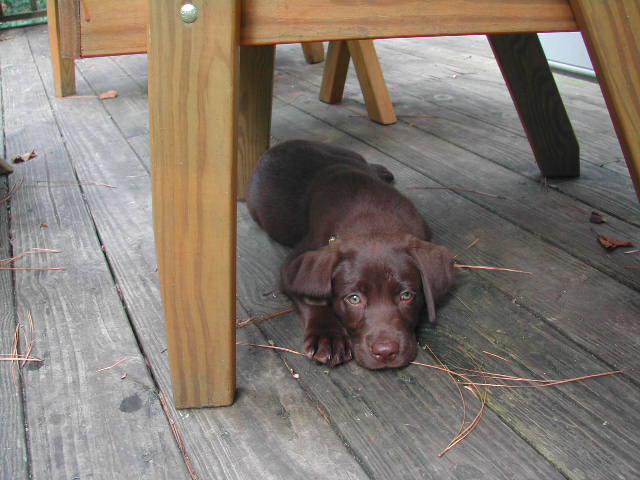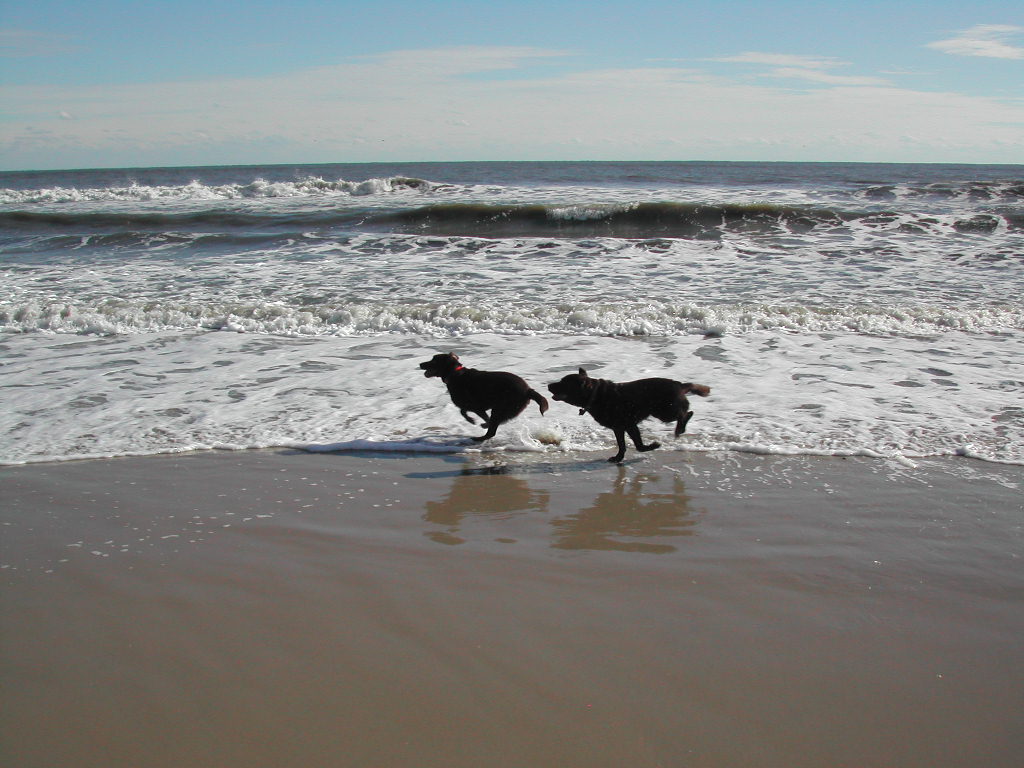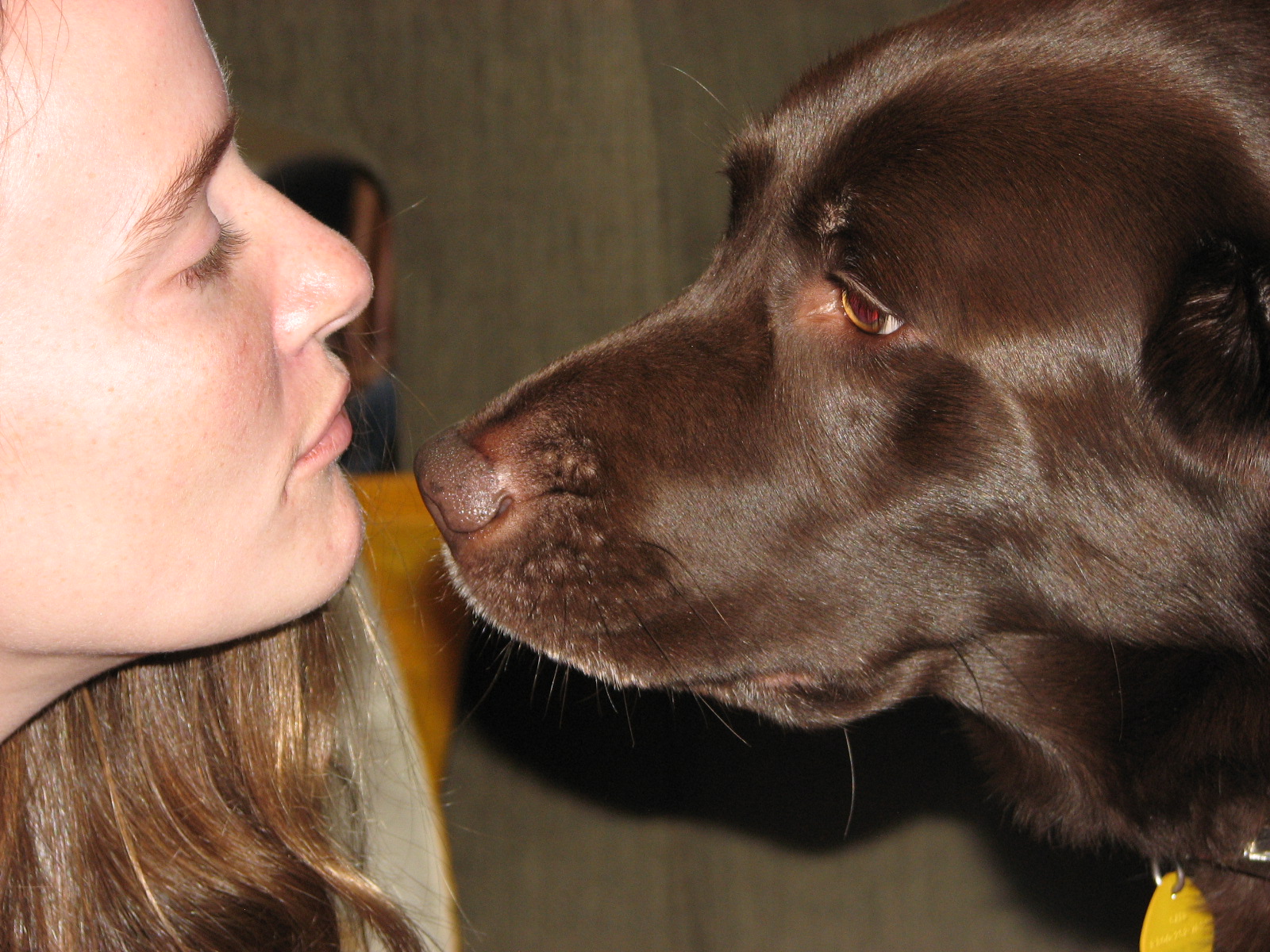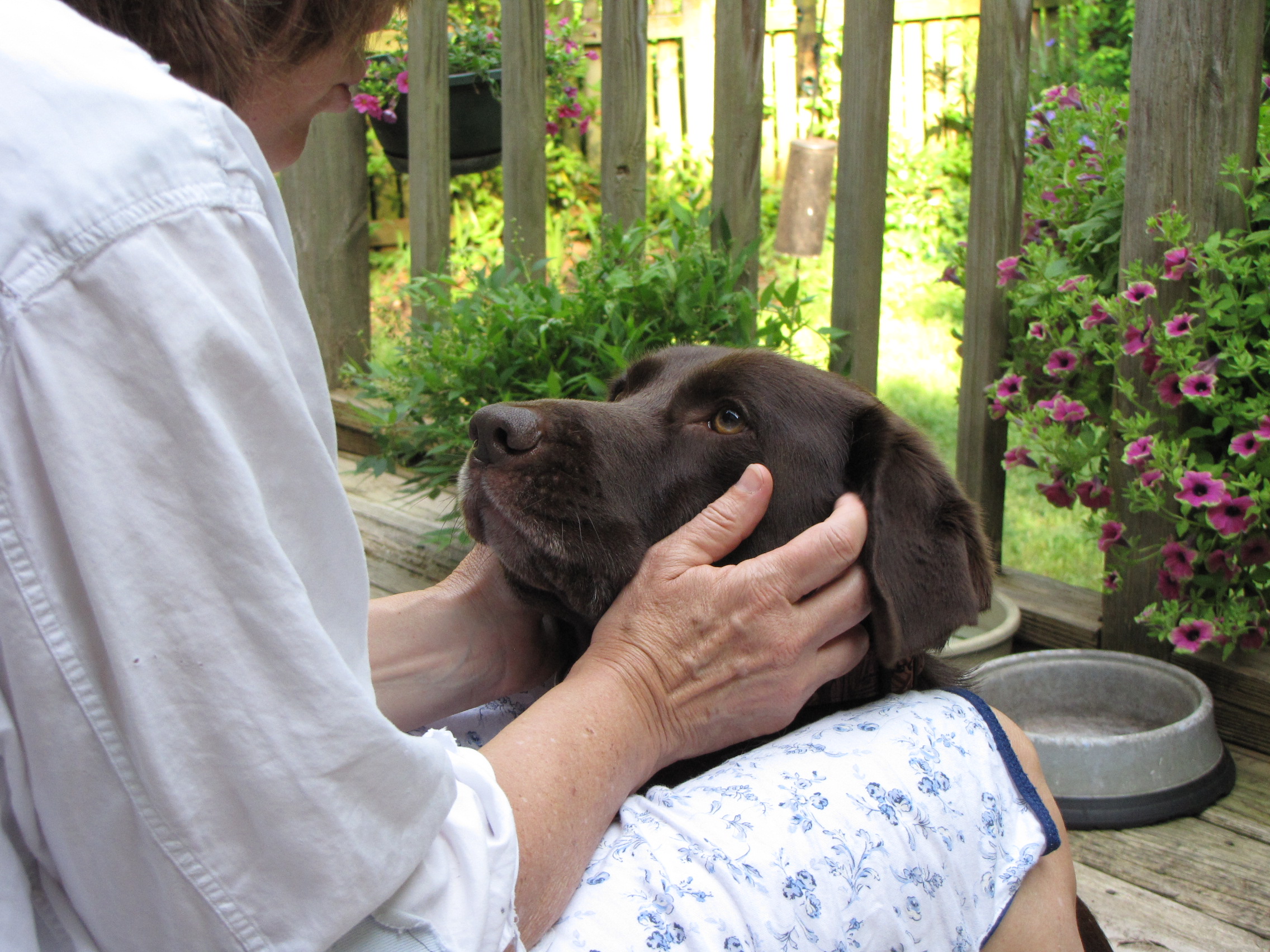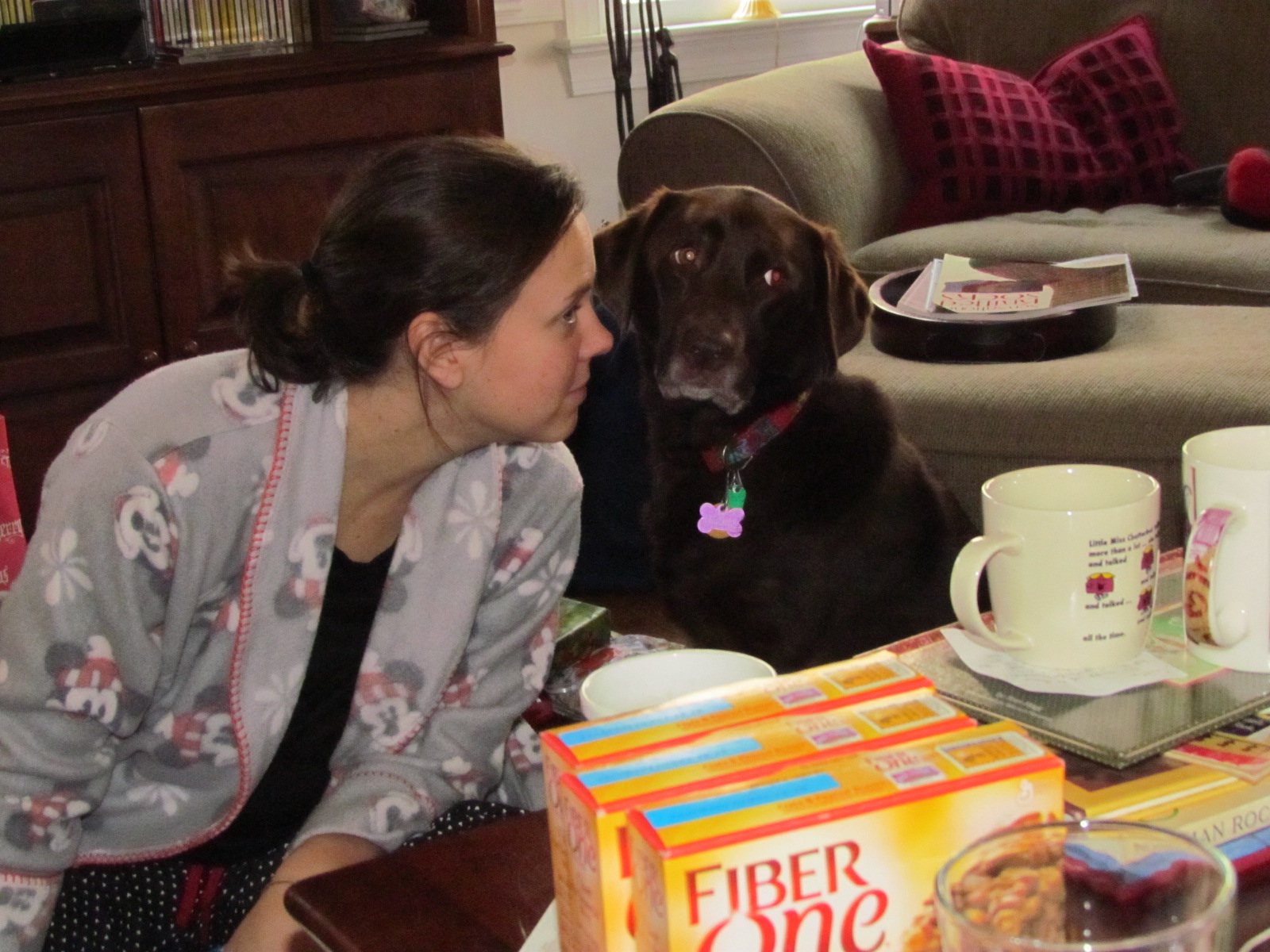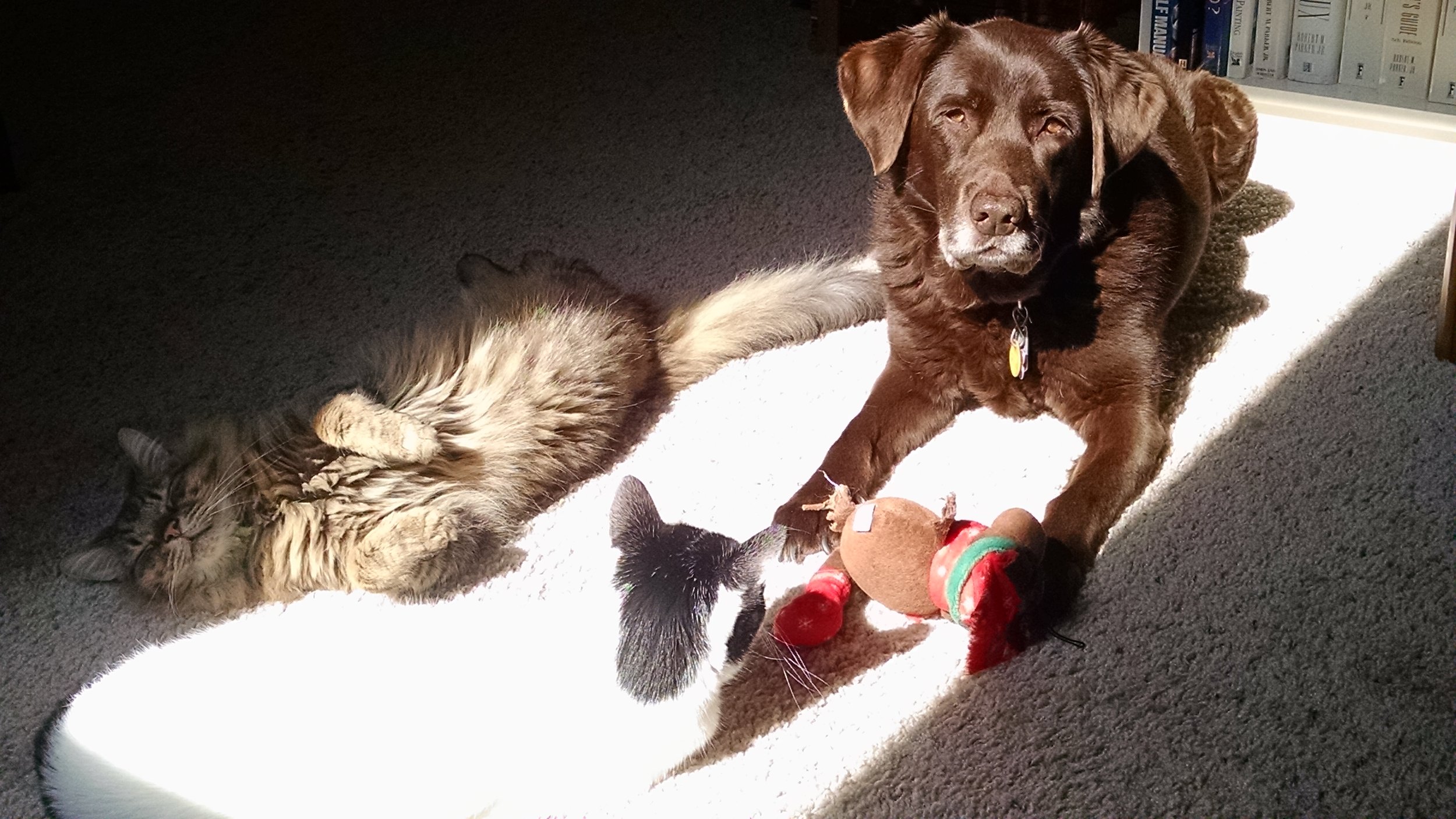Planting seeds densely - pic by Stephen Garrett
It is impossible to recall the origins of all of the various techniques I use when gardening. A few things were certainly absorbed watching my grandfather and dad grow their gardens, but I was very young. I devoured the various Crockett Victory Garden books in preparation for our first gardens (the ones on flowers and vegetables - just so inspiring).
Our first garden, in 1981, was a mix of great soil (well manured each year by a local farmer, planted in a community college plot for graduate students), a few six packs of things from the local garden center, and direct seeding following directions on the packets or in seed catalogs.
When it became primarily about tomatoes, and starting everything from seed, I probably thought things through and used what seemed to be a logical approach to get from seed to seedling to transplant. The dense planting technique I've used since the early 1990s arose from need; how to produce thousands of healthy seedlings without a greenhouse? Plant them thick! I didn't research it (there was no YouTube then, and no Google).
This was all well and good and safe, because all of the risk was mine; failure meant no plants, but it didn't mean trouble for those following closely any particular technique that I was using. The big change occurred once Epic Tomatoes came out in late 2014 and many of my gardening techniques were described in as much detail as was deemed appropriate for a book on tomatoes. Adding to the "exposure" (that word describes perfectly what it feels like) was social media - YouTube, the ease of recording an update on a Flip Video camera, or posting pictures on a blog.
As I type this, I am keenly aware that some of the techniques I use resonate with many other gardeners. I've described it during podcasts, it has been shown on the Growing a Greener World TV episode, and I discuss it in my talks. We finally, then, come to the nub of this blog entry, one which I've wanted to get down in words for awhile.
Many gardening techniques have more variables, and have more complexity, than it first seems. The act of starting seeds, for example, has infinite variations, and each variation has many steps, some easy to see and some subtle and tiny, and eventual success can ride on any one, or several, steps. It is extremely challenging to use text, or words, or even video, to show every single aspect. Not only that, but the aspects can be adjusted on the fly (if changes seem to be warranted), which brings additional changes and variations. None of this is bad of course - it enriches the experience of gardening, it broadens things beyond a straight line of simple steps into a process that requires thought and reason and adjustments all along the pathway.
Let's discuss and break down the dense planting technique just a bit, starting by listing all of the variables: when to start, type of seed, age of seed, presence of seed borne disease, planting depth, seed density, type of soil less mix used, sterility of the mix, amount of water used to wet the mix, moisture at the top near the seed, type of tray used, usage of heat mat - yes or no, and if so, the particular temperature of the mat and its impact on the soil, temperature of the room and its impact on temperature of the soil, use of covering - plastic wrap or dome or none, frequency of removing and flipping the plastic or opening the dome, temperature near the seeds at the surface, presence or absence of light, and if present, what type of light, presence of damping off or other fungus in the environment that can impact the health of the seedlings, presence or absence of insects that can impact the health of the seedlings.
Up they come! Tomato seedlings after 6 days
Before the seeds even sprout, I've listed at least 20 variables, depending upon how you count them. Once the seeds start to germinate, additional decisions arise - when to remove the plastic or dome, when to water, how to water, when to move to a more direct light source, what sort of light, temperature of the new environment, time to leave the lights on, when to start transplanting.....approaching another 10 variables.
Wait - there's more! If in front of a window, what is the the weather like for the time the flat is germinating - sunny days vs cloudy days, turning the flats to negate phototropism and frequency of doing so, rate of plant growth (do they get leggy?), ability to watch the process closely, just to name a few - another half dozen at least.
The simple act of starting seeds has so many tiny decision points. A variation such as the dense planting technique creates additional complexities, additional needs - and therefore, additional places where things can go south.
Based on some comments I receive on various social media, it is clear that this method could be "destined for disaster"," impossible", "unnecessary", or even frightening (just to pick a few quotes from various comments I've received). Certain aspects of it - the use of the plastic wrap, the density of the seeds in each cell - are, if not controversial, certainly outside of standard methods. And yet - it works (for me!) and has for more than 20 years.
Germinating flat - morning, prior to flipping the plastic
This blog is not meant to scare anyone off from home seed starting, or infer that this is really difficult; it is not. It is also in no way a statement that this is the ONLY way to do it. It is just the way that I do it! After all, at its most basic, seeds germinate once they get wet, and the plants that result then need light. What could be simpler?
The key is in controlling the process, in making it work for each one of us to fulfill what we need from it in terms of plant numbers, types, availability, and health.
I've found that techniques work best when they become so familiar that they become internalized, and logical. That doesn't mean that it goes exactly the same each year; indeed, it does not. Repeatable success comes in the familiarity, which brings confidence in doing the tiny adjustments, reactions to seeing things not going quite the right way, to put things back on track.
Often you can use words to describe something - adding a picture or two helps considerably. A video is even better. Yet, it would take spending time with me for each step, watching for those things that I do that may not end up in words, or show in a picture, or become clear even in a video.
Hopefully, this describes a bit my feelings of exposure when a personally customized method - that of starting seeds - becomes scrutinized, communicated, and more widely known. The upside is that feedback from all who give it a try that share their experiences contributes to a continually improved process. I love the questions that I get, the pictures posted of others giving it a try. Each stage of gardening can be broken down similarly of course, but I think this particular one illustrates the point particularly well. It hopefully demonstrates how we can all become better gardeners - together.
Seedlings on day 16



















